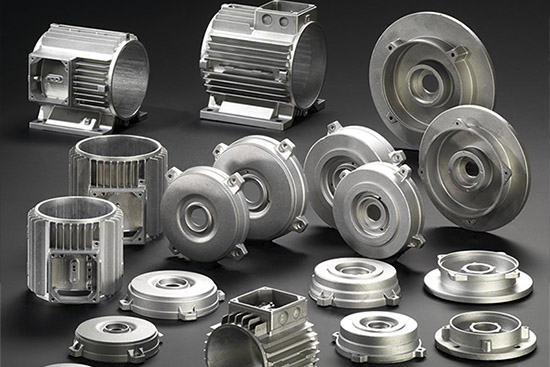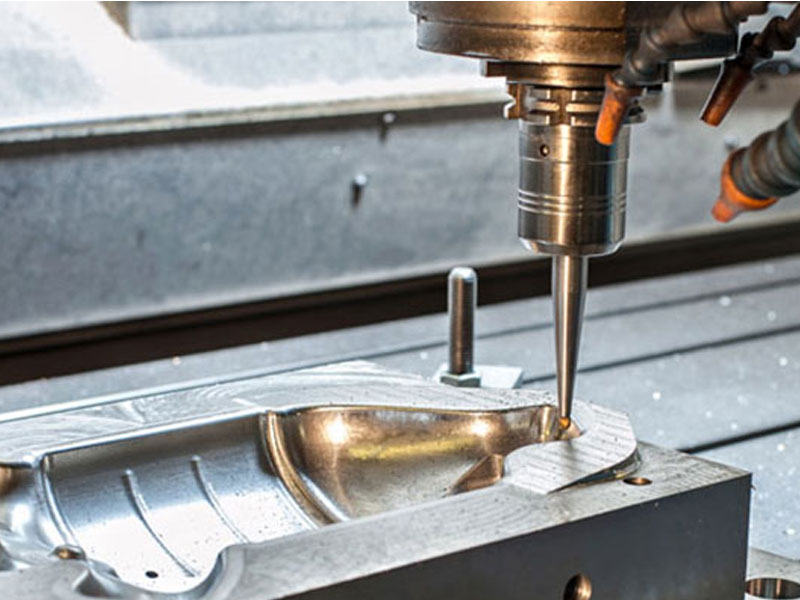The Precision Craft of Diecasting: Revolutionizing Manufacturing
The Precision Craft of Diecasting: Revolutionizing Manufacturing
Blog Article
Diecasting is an advanced manufacturing process that plays an critical role in producing sophisticated metal products with excellent precision and reproducibility. It involves the injection of molten metal into a mold cavity with high pressure making it possible to create detailed shapes and intricate designs that are difficult to achieve through other methods. Diecasting is widely utilized in diverse industries like electronics, aerospace, automobiles and even consumer products because of its high efficiency and ability to produce quality parts. This article will explore the intricate details of diecasting, detailing its process, benefits as well as applications.
Diecasting begins with the construction of the mold, or a die, which is made of hardened steel to stand up to high pressures and temperatures. After the mold has been made metal alloys, such as magnesium, aluminum, zinc or copper, are heated until they melt. The molten material is in the die under high pressure, ensuring it completely fills the mold, which includes detailed sections and walls that are thin. Pressure is maintained until the molten metal is solid, after which the die opens, and then the part that has been formed is ejected. The high pressure method guarantees that the final product is precise that it requires little any additional finishing or machining.
One of the significant advantages of diecasting is its ability to manufacture parts with high resolution and precise surfaces. High-pressure injection makes sure that the molten metal is precisely molded to the mold, which results in pieces that require no processing or finishing. This accuracy is particularly useful to create complex geometries and thin-walled sections that would be challenging or impossible to achieve with other manufacturing methods. Additionally, diecasting can produce components with precise tolerances and excellent repeatability, making it an ideal method for mass production. Diecasting's efficiency can also result in cost savings because the higher rate of production reduces labor costs and waste material.
Diecasting's flexibility is obvious in its broad utilization across many sectors. In the automotive industry such as the automotive industry diecast components are essential when it comes to the manufacture of engine components Transmission housings, engine components, as well as various other parts of structural design. The components are benefited by the strength and endurance offered durch diecasting, as being able to create light parts that boost the fuel efficiency. In the aerospace sector, the need for high-strength and lightweight parts is essential and diecasting offers the quality and precision needed for these demanding tasks. Consumer electronics depend on diecasting in order to produce durable and precise housings and internal parts, which ensures the durability and reliability of the devices. Medical, telecommunications and power tools industries illustrate the broad applicability and importance of diecasting in contemporary manufacturing. To gather new information please go to Homepage
The materials you choose for diecasting significantly influences the properties and functionality of the final product. Aluminium is an extremely popular material due to its high strength-to weight ratio, corrosion resistance and thermal and electrical conductivity. These qualities make aluminum an ideal choice for aerospace and automotive uses in which weight reduction is essential. Zinc alloys have high strength as well as ductility. These make them perfect for applications that require precise specifics and durability. Magnesium alloys are the lightest structural metals and offer an advantage in applications where weight savings are paramount. Copper alloys are used less frequently they are highly valued due to their outstanding electrical conductivity and their resistance to corrosion. Each metal has unique advantages which allow companies to pick the most suitable option to meet the application they are looking for.
Diecasting represents a pinnacle in manufacturing technology. It offers an unbeatable blend of precision effectiveness, and flexibility that is unmatched by other processes. Its ability to make complex, high-quality components with exceptional mechanical properties makes it indispensable in many industries, from automotive to consumer electronic products. The efficacy and efficiency savings inherent in the diecasting process underscore its value in high-volume manufacturing, and its flexibility allows it to meet the ever-changing demands of modern manufacturing. As industries continue to push limits of innovation and productivity, diecasting is expected to be a vital tool driving advancements and enabling manufacturing of the most cutting-edge items that are shaping our lives.